Call Us: (800) 633-1008
Int. + 1 (813) 251-5355
Int. + 1 (813) 251-5355
Lucerne is the gateway to Central Switzerland. Founded on the banks of Lake Lucerne in the 6th century, the city grew up around the Sankt Leodgar Abbey, initially built in 840, The city first gained prominence as a stop along the Gotthard trade route and then eventually, as a seat in the Swiss Confederacy. Today, as the most populous city in Central Switzerland, the city is a nexus of business and culture for the region, with several world-class museums and theaters for its residents to enjoy.
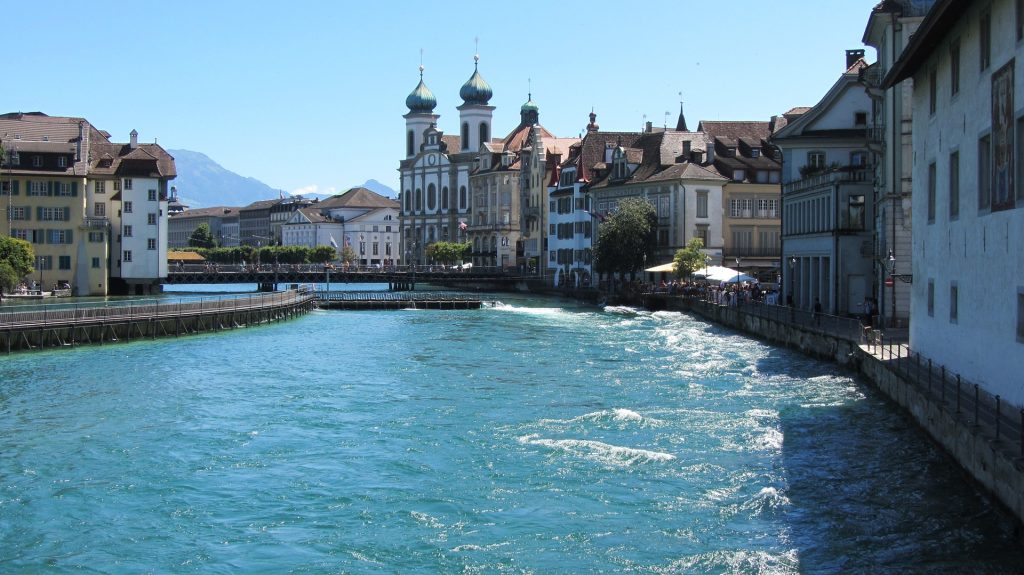
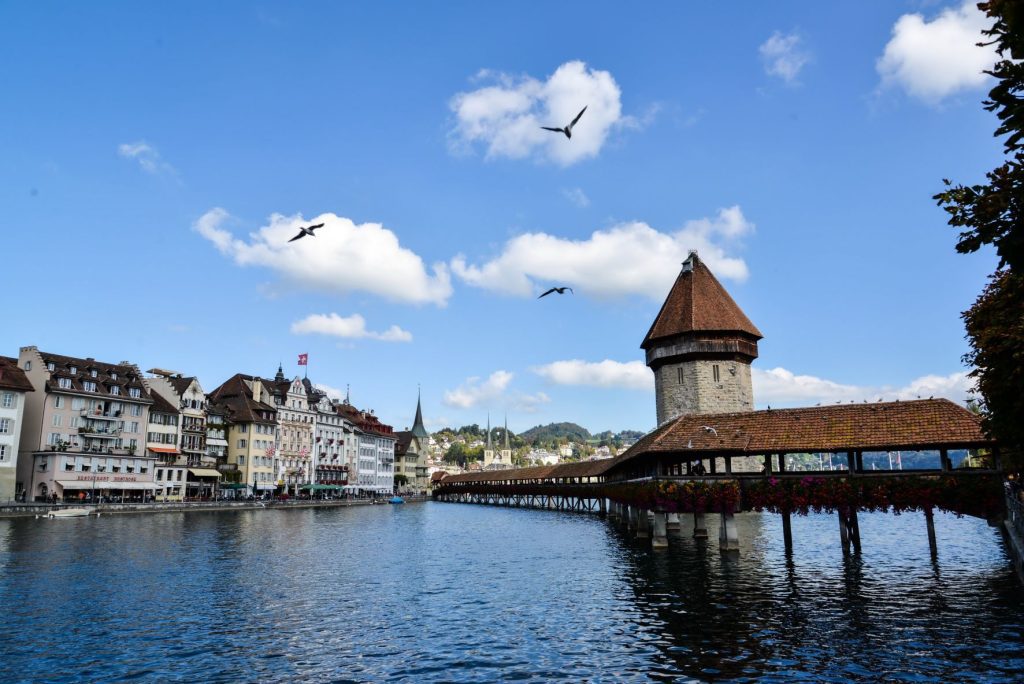
Today, meet your guide for an overview tour of the city. Your walk will take you through some of the beautiful town squares, lined with historic homes decorated with frescoes.
Make your way to the water, and cross the medieval Kapellbrücke (Chapel Bridge). The bridge, centerpiece of the city, spans the River Reuss where it meets the lake. Initially built in 1365, it is the oldest surviving truss bridge in the world.
From there, walk through the medieval cobblestone streets up to the Musegg Wall, also known as “Nine Towers”. End the day with a walk to the Lion of Lucerne, a moving monument to Swiss Soldiers who were massacred when revolutionaries stormed the Tuileries Palace during the French Revolution.
Transfer to Lausanne. Along the way, you will stop in Bern to explore the charming capital of Switzerland.
Visit the late Gothic Bern Minster, a Swiss Reformed Cathedral, constructed in the 1400s, and to the Clock Tower, which is the most famous landmark of the city. You will enjoy a private visit to the top of the clock tower (Zytglogge), where you will have a chance to see the inner workings of the clock mechanism, as well as a beautiful view over the Old Town of Bern.
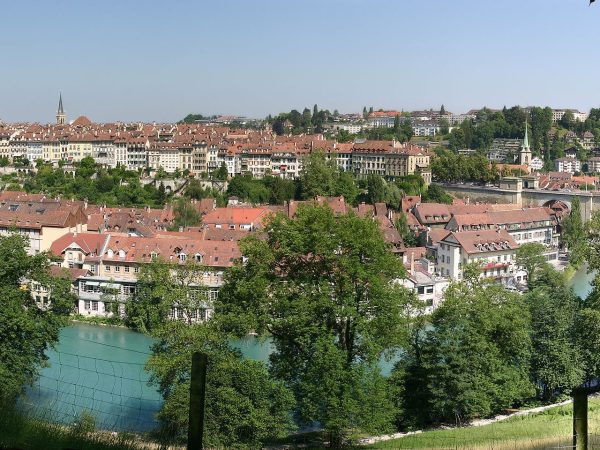
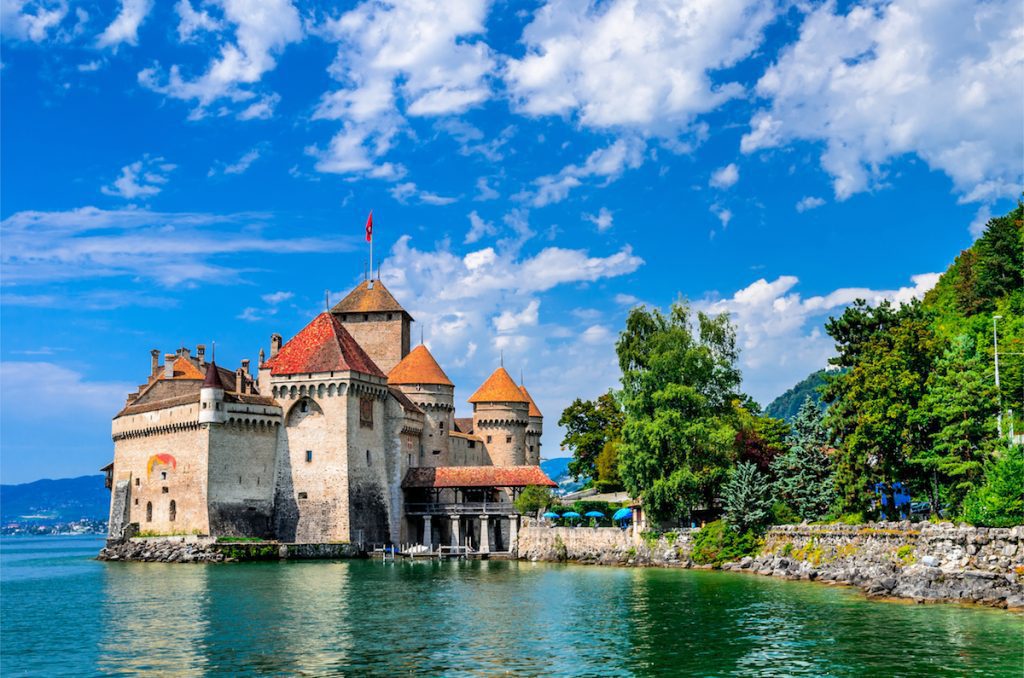
This morning, your driver and guide will meet you at your hotel for your day trip to Montreux, Vevey and the Lavaux wine region. On arrival in Montreux, you will first be transferred to Chillon Castle in Veytaux. Chillon Castle, located on the banks for Lake Geneva, is one of the main sights in the region and the setting provides a wonderful view of the lake and the surrounding mountains.
After, you will head to Chaplin’s World, an adventure dedicated to Charlie Chaplin – the man and artist. Start off at the Manoir, where Charlie and his wife, Oona, lived.
Later, you will stop in the beautiful Lavaux wine region. This area has been UNESCO protected since 2007. The hillside terraces offer panoramic views of Lake Leman – from St. Saphorin to Lutry, we select the most exclusive vineyards for you to taste these beautiful varieties while enjoying the picturesque scenery.
Today, enjoy a visit to Gruyères and get a taste of the beautiful countryside and its traditions. Visit a local farm where you will be able to learn how to make your own fondue using the famous Gruyère AOP cheese.
Later, head to the medieval town of Gruyères and enjoy a tour through the charming cobblestoned streets. You will visit the imposing castle, which has stood upon its hill since the 13th century offering unparalleled views over the valley and nearby mountains.
Another interesting visit is the unique HR Giger Museum. Located in the St. Germain Castle in the center of the town, this museum contains the largest collection of Swiss artist Hans Ruedi Giger’s works.
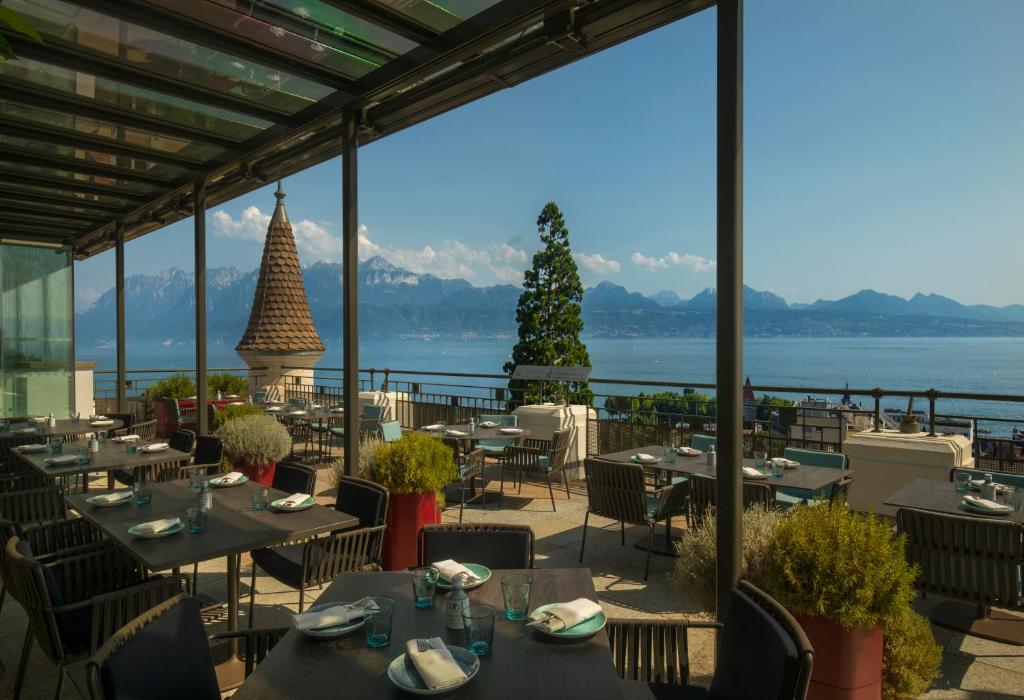
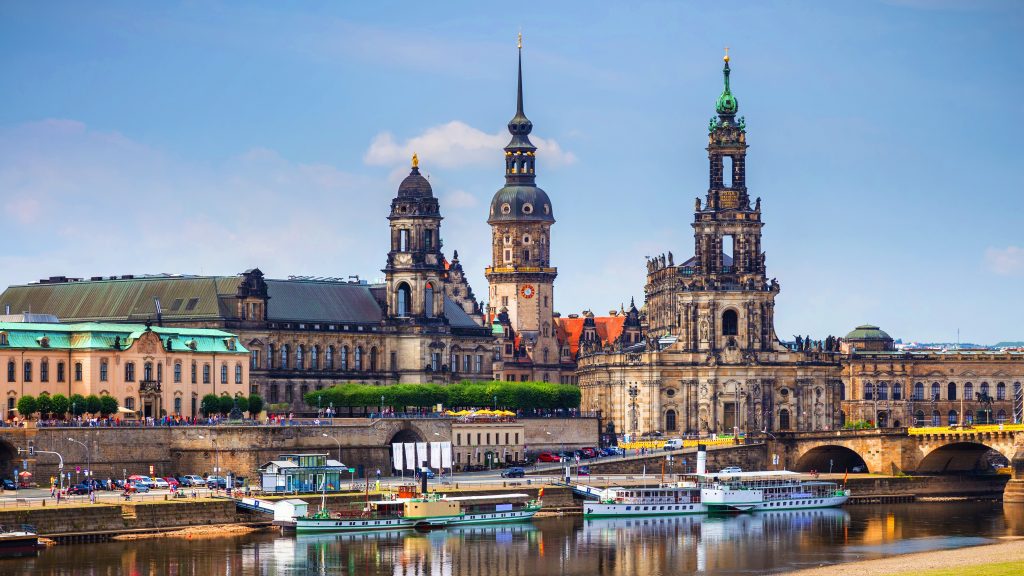
Why not extend your stay? Switzerland combines ideally with Germany.